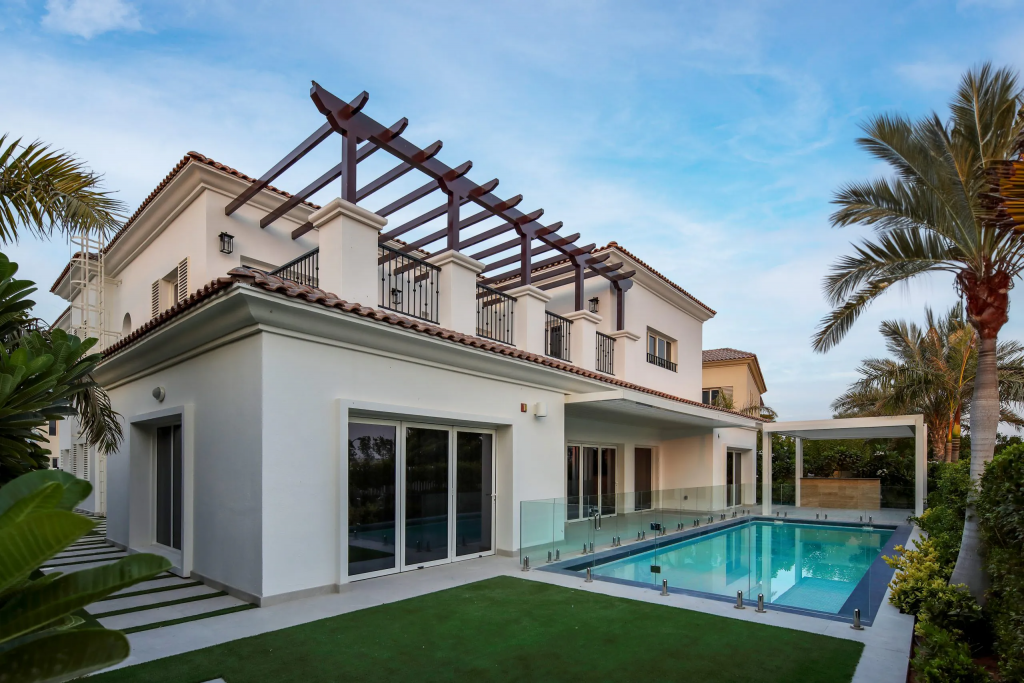Mixing Metals In Interior Design
2 min read
Gone are the days of sticking to a single metal finish in interior design. Mixing metals has become a popular trend that adds depth, visual interest, and personality to spaces. By skillfully combining different metal finishes, interior designers in Dubai can create a sophisticated look that adds a touch of elegance to any room.
Establish a dominant metal:
Start by selecting a dominant metal finish as the foundation for your design scheme. This could be the metal finish used for larger fixtures or furniture pieces, such as cabinet hardware, light fixtures, or faucets. Choose a finish that complements the overall style and color palette of the space.
Choose complementary finishes:
Select complementary metal finishes that harmonize with the dominant metal while adding visual interest. Look for finishes that contrast in texture, tone, or sheen to create depth and dimension. For example, pair polished chrome with matte black or brushed brass with oil-rubbed bronze for a striking contrast.
Maintain consistency in tone:
While mixing metals, it’s essential to maintain consistency in tone to ensure a cohesive look. Choose metals with similar undertones, such as warm tones like gold, brass, and copper, or cool tones like silver, chrome, and nickel. Mixing metals with conflicting undertones can create a disjointed and unbalanced appearance.
Distribute metals throughout the space:
Distribute mixed metals evenly throughout the space to create a sense of balance and unity. Spread different metal finishes across various elements of the room, including hardware, lighting, furniture, and accessories. This helps integrate the mixed metals effortlessly into the overall design scheme.
Consider the proportion of each metal:
Pay attention to the proportion of each metal finish used within the space. Aim for a balanced distribution of metals, avoiding overwhelming the room with one dominant finish. Mix metals in varying proportions to create visual interest and focal points without overshadowing other design elements.
Layer textures and materials:
Incorporate a variety of textures and materials alongside mixed metals to add depth and richness to the space. Pair metal finishes with natural materials like wood, stone, and leather to create a harmonious blend of textures that enhance the overall aesthetic.
Experiment with mixing metals through accents and accessories such as mirrors, picture frames, vases, and decorative objects. Introducing smaller metal accents allows for more flexibility and creativity in exploring different combinations and arrangements.



